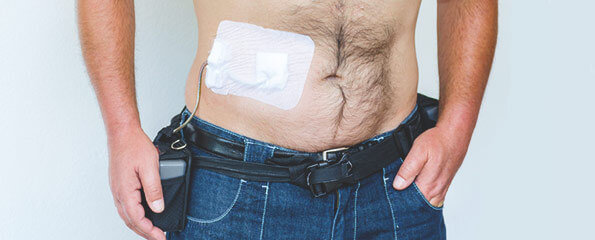Wireless system to power heart pumps could save lives currently lost to infection
Professor Mahinda Vilathgamuwa and Prasad Jayathurathnage, from the power engineering group in QUT’s Science and Engineering Faculty, said the current system used to power a heart pump, which is attached directly to the heart to assist weakened muscle to keep working, requires a cable running from the heart pump through the skin to a battery.
“The system we are developing includes a lightweight copper coil that could be worn outside the body to power the heart pump, or “ventricular assist device” (VAD), embedded in the body,” Professor Vilathgamuwa said.
“VADs are mechanical heart-support devices that help patients’ hearts to keep pumping while they wait for a transplant or recover from cardiac surgery or to augment the action of weakened heart muscles.
“Many deaths occur from infection because the problem with VADs is that they are powered via a cable that goes through the skin from an external battery, worn in a holster, to the VAD which is implanted in the heart.
“Infection often begins at the point where the cable enters the body and is one of the most significant complications of VAD use.”
Professor Vilathgamuwa said the one-year survival rate for people with VADs was 1-2% better than that of heart transplant patients.
“The US National Institute of Health estimates up to 100,000 people could benefit immediately from VADs,” he said.
“However, because of the risk associated with these devices comparatively few VADs are implanted and sadly, many people have succumbed to heart disease.
“Although some patients have now survived more than 10 years with VAD support, VADs cannot continue to improve without wireless power to reduce the risk of life-threatening infection.”
Dr Jayathurathnage said the wireless power transfer system they had developed uses a small copper coil receiver which would be implanted inside the body, with a transmitter and battery worn in a holster or a jacket.
“The system we are developing will replace the cable completely. In tests it has achieved 94% efficiency in powering a commercial heart pump, without the need to break the skin for a cable,” Dr Jayathurathnage said.
“We will conduct more laboratory tests and introduce a novel frequency tuning system to improve performance under dynamic operating conditions.”
(Source: Queensland University of Technology)
Dates
Tags
Created by:

 Login
Login














